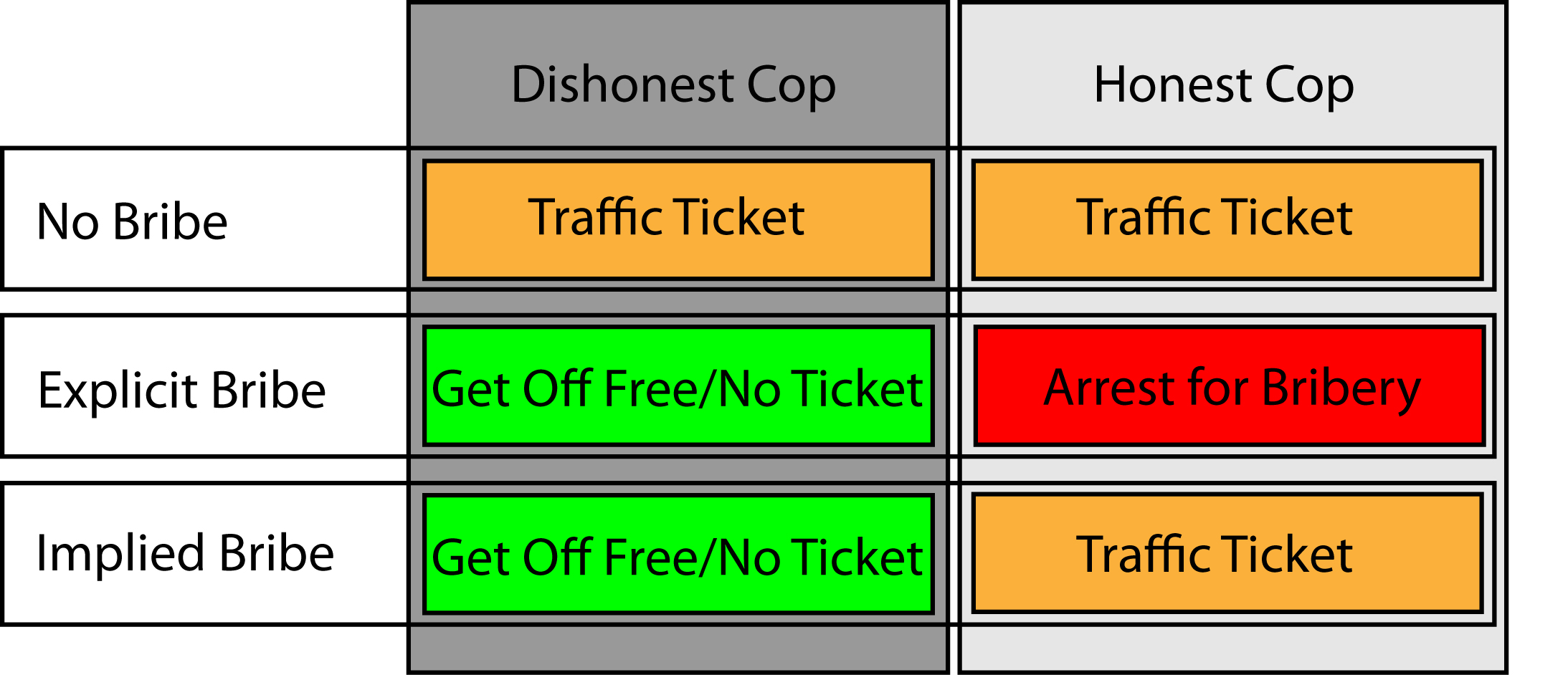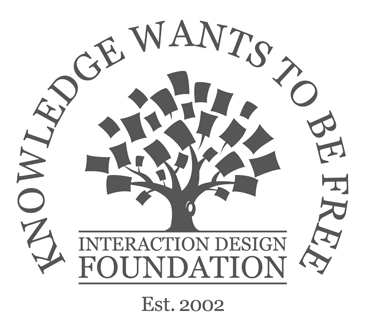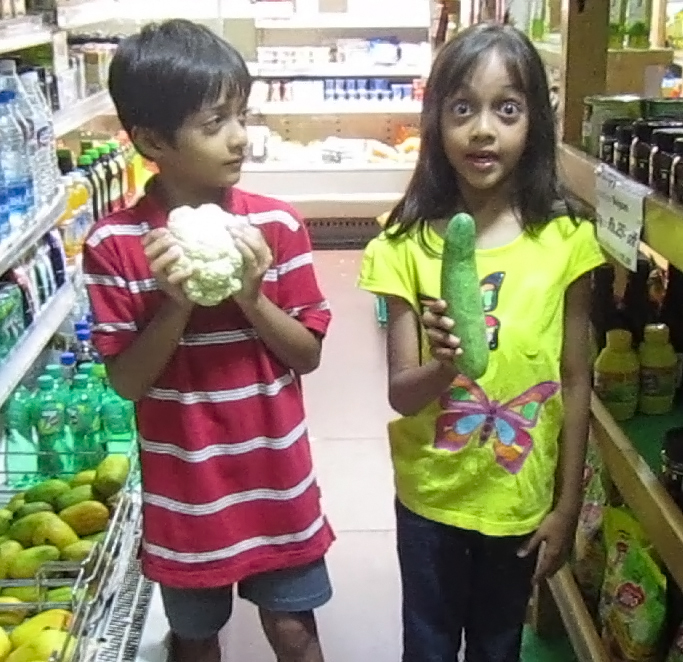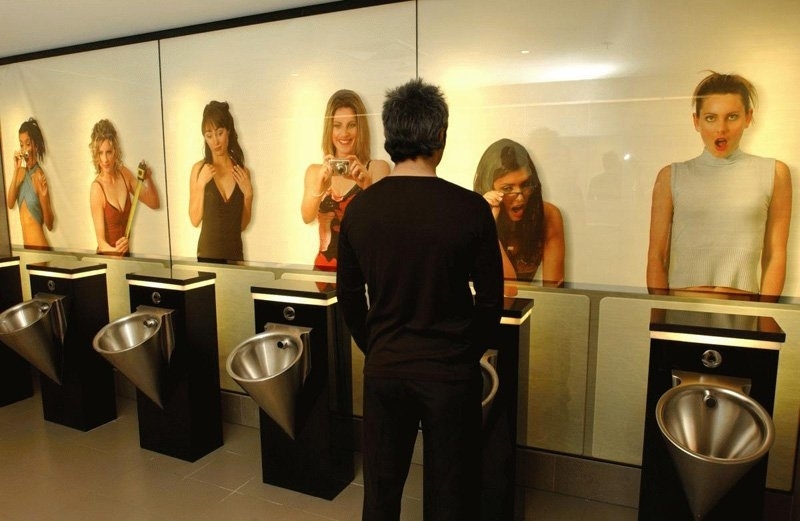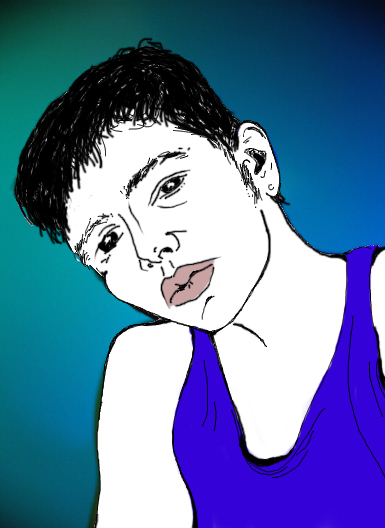
We view the world through our own personal and cultural filter. We can’t help but do that. But put us in another cultural frame or time period, and we might be horrified at what we might witness. Consider this image: This baby is only two months old. And the people about to dip him into the freezing waters of St. Petersburg’s lake are his parents. I’ve been to this lake. I saw my own dad do the dip. He was a grown man at the time, and I still thought it was crazy. In Russia, the folksy wisdom is that such dips are good for you. But here, in U.S., the parents would be arrested, their son taken away by child protective services… It’s all relative! And here’s a few examples: /blog/2011/01/cultural-differences-or-child-abuse/

